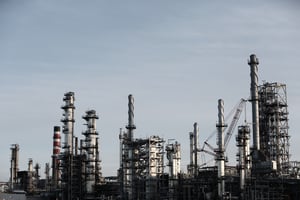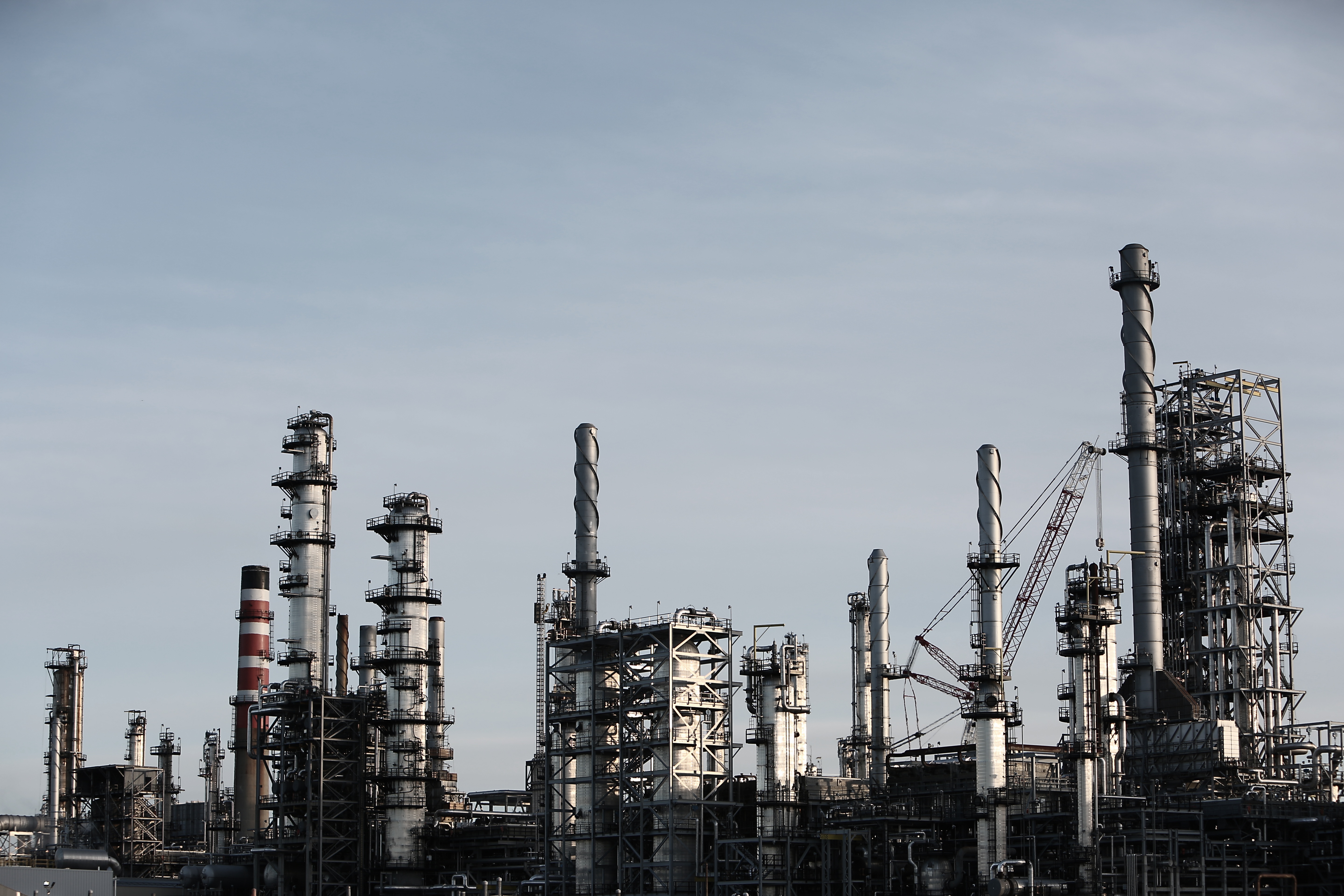The Fukushima Daiichi nuclear plant catastrophe was less dangerous than the 1986 Chernobyl disaster – but the risk from radiation spreading wide was a serious concern.
The crisis at the Fukushima power station in Japan led to inevitable comparisons with the Chernobyl nuclear incident that killed workers at the plant instantly, caused cancers in the surrounding population and spread radioactive contamination so far that livestock restrictions are still in place at some farms around the UK.

The French nuclear agency claimed the situation at Fukushima to be a level six ‘serious accident’ – two up from the one at Three Mile Island in 1979 – and immediately dangerous for those at the site who fought to make the crippled reactors and fuel storage ponds safe.
There are, however, significant differences that set this apart from the catastrophe in Ukraine, despite the stark announcement from the U.S. Nuclear Regulatory Commission (NRC) that a pool of spent fuel rods at Fukushima had boiled dry.
At Chernobyl the nuclear reactor exploded after a surge in power that blew the top off the power plant and sent hot fuel – and importantly, its more radioactive fission products – high into the upper atmosphere, where it floated across national borders.
A fire that broke out in the graphite core forced more radioactive material into the air, helping it spread further. The reactor had no containment facility to even slow the release of radiation from the plant.
The Fukushima boiling water reactor was a 40-year-old power plant and had some serious design flaws, but the reactors were shut down very quickly, so there was less fresh radioactive material around, and each core was contained within a 20cm-thick steel container, protected by a steel-lined reinforced concrete outer structure. These measures limited the amount of radiation released.
The risk from radiation is lower at a distance because the particles become dispersed and their radioactivity falls. Japanese authorities immediately imposed an exclusion zone of 12 miles around the power station, introduced food bans and dispensed potassium iodide pills to those in the surrounding area. Those pills were to be taken only if a major leak of radiation spilled out from the plant and reached people at high levels.
For the more distant population, the most serious radioactive substances released are caesium-137 and iodine-131. These are extremely volatile, so can be carried a long way. But dangerous doses are not likely to travel far on the wind. ‘Unless you're right next to the plant, the vast amount of the dose would be from what you eat and drink,’ said Neil Crout, who models environmental contaminants at the University of Nottingham.
The danger comes when radioactive iodine and caesium rain down on the ground, on pastureland, for example, and livestock eat it. Cows concentrate radioactive iodine in their milk. Radioactive caesium accumulates in muscles, and in the past has built up in grazing sheep.
The threat to humans then comes from drinking milk and eating contaminated meat. Both can raise the risk of cancer – iodine especially by being absorbed into children's thyroid glands. The iodine pills work by flooding the thyroid with stable iodine so the gland cannot absorb the radioactive form.
At the time, Richard Wakeford, an expert in radiation epidemiology at the Dalton Nuclear Institute at Manchester University, said:
‘The principal concern the authorities are worrying about, and it is why they have evacuated the area, why they are banning food stuffs, and why they are issuing stable iodine tablets, is that if there is a serious release, you have radioactive iodine. We know from Chernobyl that you've got to limit the dose to the thyroid glands of young children.’
...
‘What happened at Chernobyl, which was a much more serious accident than this, was that the local Soviet authorities were in denial, they didn't get people out of the area, they didn't evacuate quickly enough, and they allowed children to continue to drink heavily contaminated milk, and as a consequence, many children received high doses of radiation, a sievert and greater, to the thyroid and we've seen thousands of thyroid cancers as a consequence. In 1957 radioiodine was released in the Windscale fire in Cumbria . They monitored it and tipped the milk away. If they had done that at Chernobyl they could have prevented much of the problem.’
Cited in the Bulletin of the Atomic Scientists the Japanese government estimates the total amount of radioactivity released into the atmosphere was approximately one-tenth as much as was released during the Chernobyl disaster.
Significant amounts of radioactive material have also been released into ground and ocean waters. Measurements taken by the Japanese government 30–50 km from the plant showed caesium-137 levels high enough to cause concern, leading the government to ban the sale of food grown in the area.
As reported via Reuters, Tokyo officials temporarily recommended that tap water should not be used to prepare food for infants. In May 2012, Kyodo News covered a TEPCO report stated that at least 900 PBq – petabecquerel, an SI unit of radioactivity equal to 1015 becquerels – had been released ‘into the atmosphere in March last year [2011]’ putting the radiation release from all the reactors taken together as equivalent to a ‘sixth’ (17%) that of Chernobyl.
According to Asian Correspondent, a few of the plant's workers were severely injured or killed by the disaster conditions – drowning, falling equipment damage etc – resulting from the earthquake. On the Nature News Blog, Geoffrey Brumfiel reported that predictions regarding future cancer deaths due to accumulated radiation exposures in the population living near Fukushima were predicted to be extremely low to none.
On 16th December 2011, Japanese authorities declared the plant to be stable, although it will take decades to decontaminate the surrounding areas and to decommission the plant altogether.
On 5th July 2012, The National Diet of Japan Fukushima Nuclear Accident Independent Investigation Commission (NAIIC) submitted its inquiry report to the Japanese Diet,while the government appointed Investigation Committee on the Accident at the Fukushima Nuclear Power Stations of Tokyo Electric Power Company submitted its final report to the Japanese government on 23rd July 2012.
Tepco admitted for the first time on 12th October 2012 that it had failed to take stronger measures to prevent disasters for fear of inviting lawsuits or protests against its nuclear plants.
A report from the UN's scientific committee on the effects of atomic radiation found that a rise in thyroid cancer was the only substantial medical legacy of Chernobyl in the general population.
(Image Credit: www.lifeofpix.com)


